Rebooting
India
Nandan
Nilekani and Viral Shah
Allen
Lane (A Penguin Imprint), 2015
pp.337.
Price 799.
There
are ten grand challenges, it needs ten start-ups within the government, with a
crack team of ten handpicked people per challenge, to solve the most
significant problems. There is evidence that this can be done, as evidenced by
two “problems” for which solutions are considered “firmly established, large
scale (p.291)”. These ideas would transform India and realise a billion
aspirations.
Does
the above statement sound ambitious, audacious, boastful or a pipe dream? Well,
the answer according to Nilekani and Shah is that they are plausible and
realistic. They think it is possible to achieve these dreams in a timebound
manner if we apply a mission mode and get this going within the government,
bypassing several of the checks of balances that a democracy would have – the checks that necessarily slows the process
of development. How would we achieve this?
Here is the job description:
“A
true entrepreneur would figure out all the government processes and follow them
to the letter (Note: it does not say spirit). He will navigate the byways of
bureaucracy, keep his multiple masters happy, get his project mentioned in
every important speech and every government document of relevance, get his
bills tabled in Parliament and enacted as law, secure his budgets, cooperate
with investigating agencies, respond to court orders, answer Parliament
questions, tirelessly provide information sought in RTI requests, build a
general consensus with multiple interest groups within the government as well
as citizen groups outside, find allies who will support him when under attach,
and do all this while staying focused on hiring the best team and building an
organization that is dedicated towards achieving a well-defined goal. (p.xxiii)”
The
ideas of Nilekani and Shah are largely rooted in the use of technology to solve
many of the asymmetries that might be existing in the system. The arguments are
that much of these asymmetries are solvable by technology. Decades ago, we had
a similar initiative of entrepreneurship within the government when Sam Pitroda
revolutionized the telecom network, much before the advent of mobiles and then
the same frame work of a “mission” was used to multiple sectors with relatively
modest achievements.
There
are two problems with the arguments extended by Nilekani and Shah – first they
assume that the template they have in terms of the art of the possible – that
of Aadhar is a success; second, this template is largely applicable to solve
other problems. Infact most of the solutions offered in the book are building
on the Aadhar base – which is now termed by Nilekani as India Stack. The
authors admit that the person who got the first Aadhar number Ranjana Sonawane
did not benefit much from the number because there are multiple government
systems that need to work in tandem to achieve her inclusion (p.21). But Aadhar,
nevertheless is declared a success story. This is precisely the problem with
the approach and tonality of the book. It offers simple solutions, and simplifies
the problems. This approach is somewhat surprising because Nilekani himself had
to deal with multiple complexities when he was at the helm of the Aadhar
project and the potential of Aadhar is yet to be tested at scale. What is
successful, are the enrollment numbers in the Aadhar system. This is impressive
and stands almost kissing a billion residents, but what is to be tested is the
biometric verification at scale on a real time basis. When that system is
stabilized we certainly can claim victory, subject to the other hurdles the
project faces from the courts and the challenges to privacy.
Irrespective
of the reservations on the overall simplicity and the “achievability” of the
solutions presented by Nilekani and Shah, the chapters on electronic toll, and
other ideas that are at “early stages” of experimentation show promise and look
plausible. The long term aspirational ideas need much more than the fixes that
are provided through the technological interventions. Education and Healthcare
for instance are not just about entitlements, vouchers and choices but also
about the multiple systems that need to work in tandem that builds in the back
end infrastructure to service these entitlements – irrespective of whether this
infrastructure is in the private sector or run by the State.
The
broad tone of the book was extended in the recent piece the authors wrote about
Freebasics initiative of Facebook to make basic internet services available to
all without a charge. In their write up which criticized the concept on the
argument of net neutrality they advocated the “direct benefit transfer of
internet data packs”.
The
book is audacious in its approach; seems to advocate steamrolling “reform” on a
mission mode with a readymade solution. The dissent and debate is to be
considered as a necessary element to “win over” opposition. That there might be
some merit of the dissenting voices is not considered seriously. The dissent is
treated as a necessary constraint in a project chart that needs to be addressed
in a manner that it does not stall the “progress”. It is this approach that is
jarring in a book that is so wonderfully full of ideas.









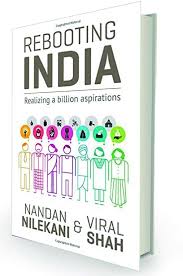








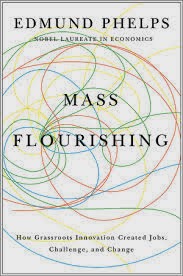











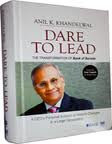














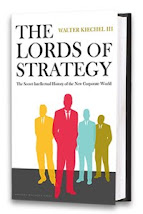














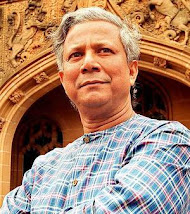








![Hyderabad: A Book [or two] and A Movie](http://3.bp.blogspot.com/_mxWA9ZVkKhQ/S0vnLAO90CI/AAAAAAAABYM/WgbSbAcAaEk/S214/luther1.0.jpg)

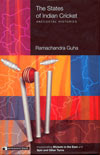





![Two Lives [and this is not about Vikram Seth]](http://1.bp.blogspot.com/_mxWA9ZVkKhQ/S0vjkyDYRvI/AAAAAAAABXM/mJGK-_gZiNg/S214/mansur.jpg)





No comments:
Post a Comment